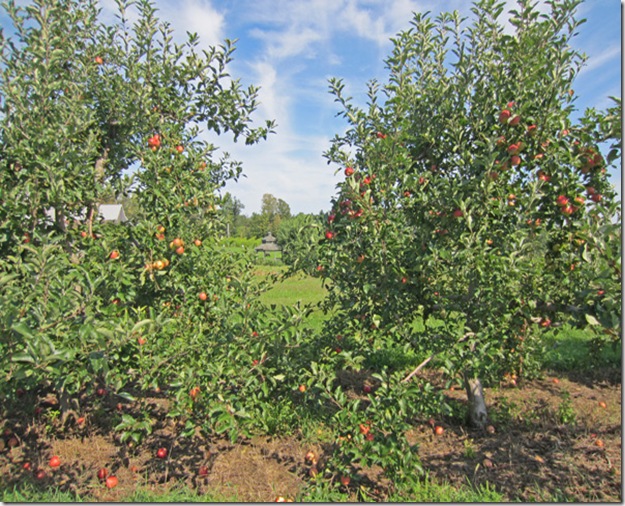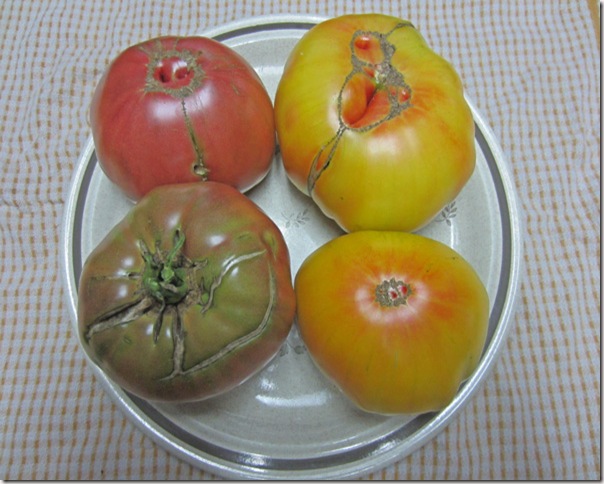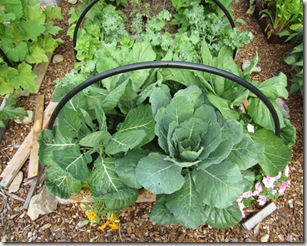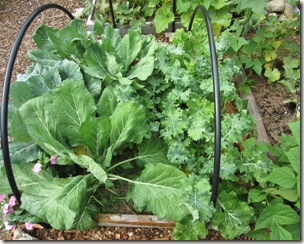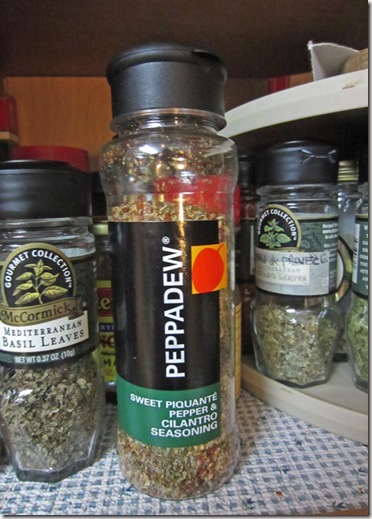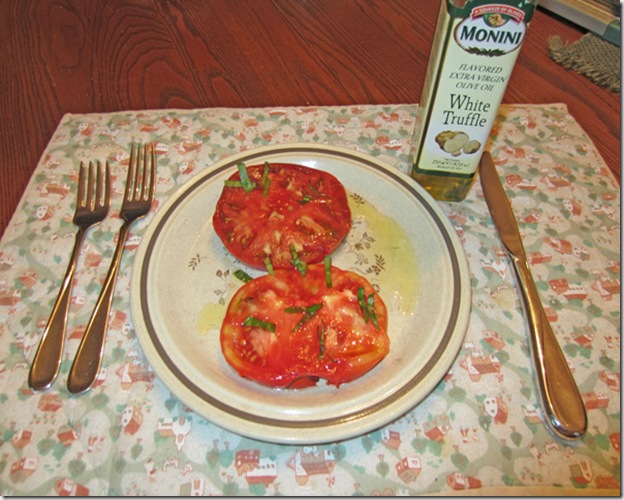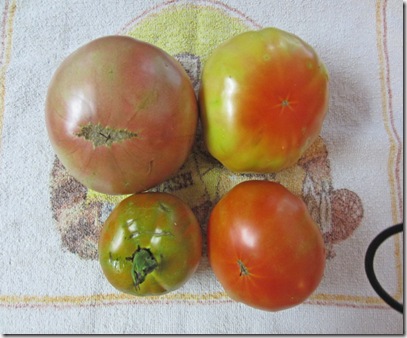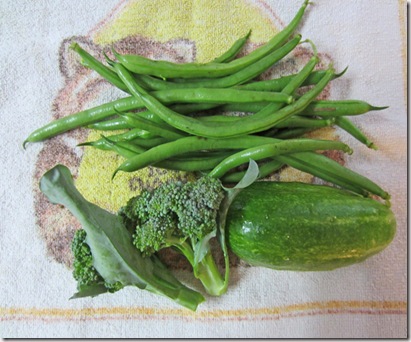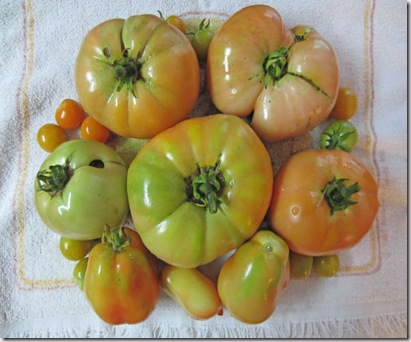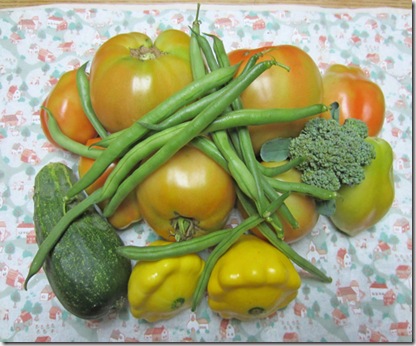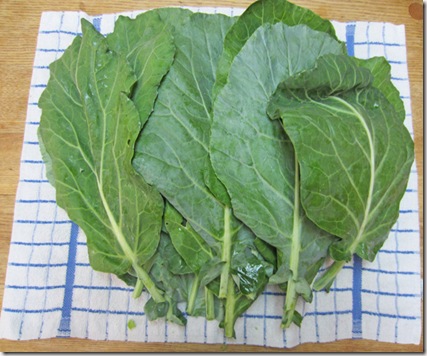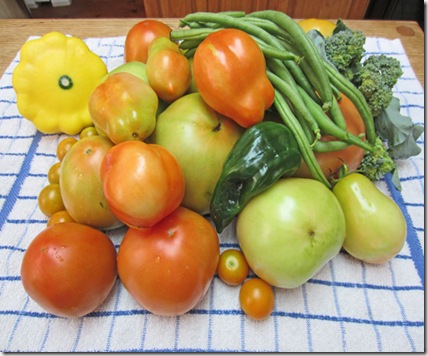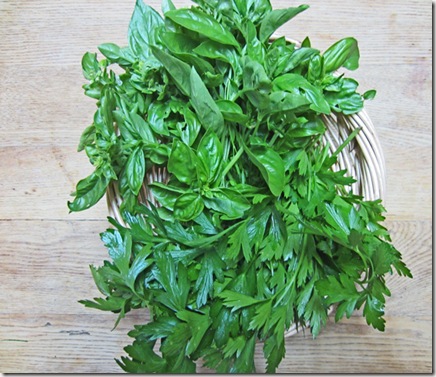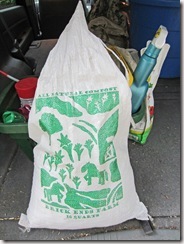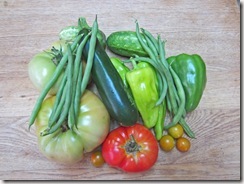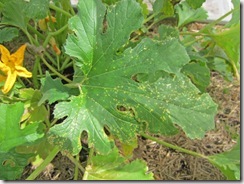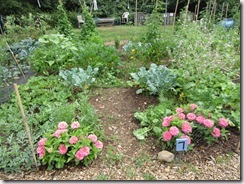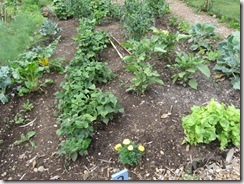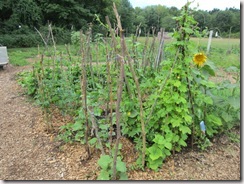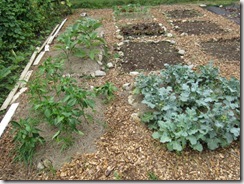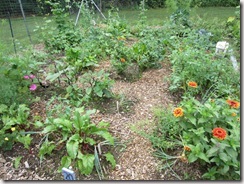
It’s apple season here in Bolton and the PYO orchards are getting ready for their big season. The pictures in this post were taken at Nashoba Valley Winery on Wattaquadoc Hill Road in Bolton, Massachusetts, which runs a PYO operation as well as a winery making fruit and grape wines from their own fruit, a microbrewery and a distillery. They also have a gourmet restaurant, J’s, in the farmhouse on the property. This is one of our landmarks, a winery and orchard situated on a hillside with spectacular views. Using agricultural restrictions and assistance from the state and the Bolton Conservation Trust, the town was able to save this beautiful parcel from development.
It’s a crazy life. In August we townies vacation on the Cape or Maine or the mountains of New Hampshire. In September and October, we become a tourist destination. Folks from the Boston metro area come out to Bolton to see foliage and pick apples. Some of the things the orchards offer to tempt the pickers and leaf peepers are apple cider donuts and apple dumplings. The following apple dumpling recipe is not a local recipe, it is actually from the Miss Hulling’s Cafeteria cookbook, a now-defunct cafeteria chain in St. Louis. Although I don’t do sweets or carbs anymore, I have made this recipe many times. With all the butter and sugar, the dumplings are sweet and rich. Half a dumpling serving is about all I could ever handle at one time.
Apple Dumplings
For the syrup: Mix 2 cups sugar, 2 cups water, 1/4 teaspoon cinnamon, and 1/4 teaspoon nutmeg in a saucepan. Bring to boil and cook 5 minutes. Remove from heat and add 1/4 cup butter.
For the pastry: Combine 2 cups all purpose flour, 1 teaspoon salt, and 2 teaspoons baking powder in a bowl and mix. Cut in 3/4 cup shortening. Add 1/2 cup milk all at once and stir until flour is moistened. Roll out 1/4 inch thick and cut into 6 five-inch squares.
To assemble, place a peeled and cored apple in the center of each square. Fill the core of each apple with 1 teaspoon sugar (I like to use brown sugar) and 1 teaspoon of butter. Pull the corners of the pastry up and seal, moistening the edges with a little milk. Place the apples in a buttered baking dish and pour the syrup over them Bake at 375° for 35 minutes or until apples are tender.
Serve warm with cream or a scoop of ice cream.
